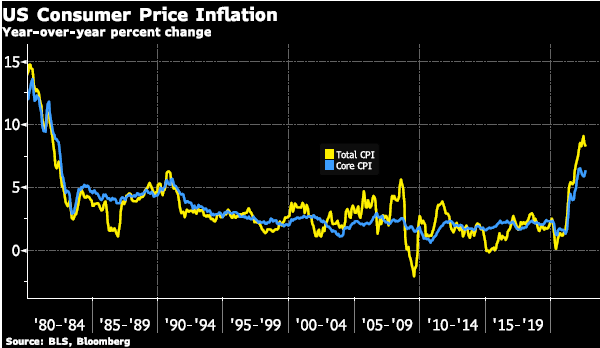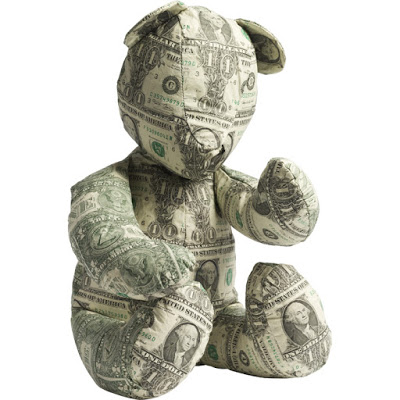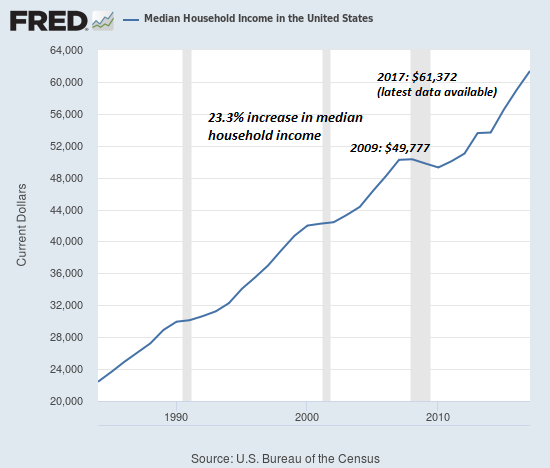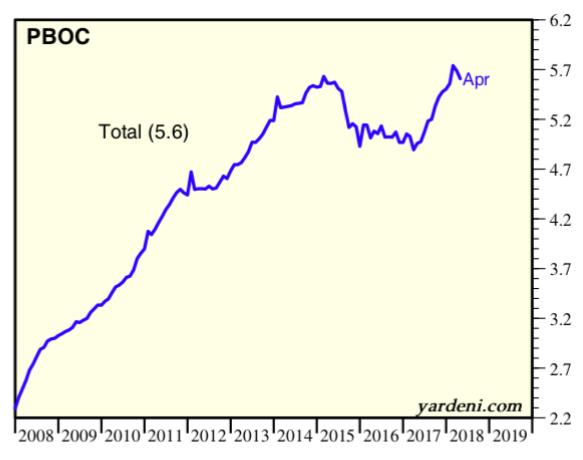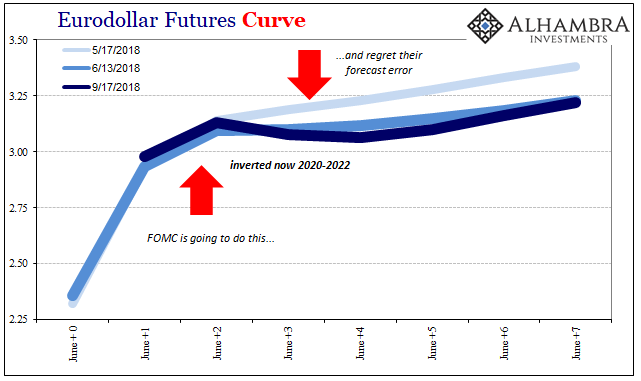 After initially extending its recent recovery gains against the major currencies, the US dollar began consolidating in the European morning. An unexpected shift by the Monetary Authority of Singapore, replacing a modest and gradual currency appreciation with a more neutral stance, coupled with softer oil prices and weaker European equities, appears to have weighed on emerging market currencies.
After initially extending its recent recovery gains against the major currencies, the US dollar began consolidating in the European morning. An unexpected shift by the Monetary Authority of Singapore, replacing a modest and gradual currency appreciation with a more neutral stance, coupled with softer oil prices and weaker European equities, appears to have weighed on emerging market currencies.Asian equities extended their rally, with the Nikkei gaining 3.25% and the Shanghai Composite holding near its bet level since mid-January. Encouraged by the softening of policy, the Singapore market gapped higher to is trading at its best level since last November. The MSCI Asia-Pacific Index rose 1.&5, extending its streak to a seventh session. It gapped higher, closed on its highs, which is a new high for the year.
European shares are struggling and the Dow Jones Stoxx 600 is off about 0.2%, with profit-taking seen in energy, financial and consumer discretionary sectors. Investors continue to assess the new Italian efforts to address the compromised banking system. Two large banks, Unicredit and Monte Dei Paschi hold their annual general meetings today. At the same time, the Renzi government is signaling its intention to push ahead with efforts as early as next week to speed up debt collection and use of collateral. The move will likely be introduced by decree before parliamentary approval. The measures are expected to help reinforce efforts to strength the banking system.
Ahead of the Bank of England meeting (and the release of the minutes) and US CPI figures, there have been two economic reports to note. First, Australia reported a mixed employment data. The unemployment rate ticked lower to 5.7%, matching the September 2013 low, with a steady participation rate (64.9%). While it created 26.1k jobs overall, compared with a median estimate of 17k, there was a net loss of 8.8k full-time positions and the February gains was trimmed to 13.9k from 15.9k. Part-time work accounted for the entire job growth. On the other hand, there were some signs that employment in the mining region had improved.
The Australian dollar remains firm and is within spitting distance of the end of March multi-month high just below $0.7725. There appeared to be cross rate demand for the Aussie against the Kiwi. Another local bank forecast additional RBNZ rate cuts later this month. In an unusual development for this typically highly correlated pair, the Australian dollar is the strongest of the majors (~+0.5%), while the New Zealand dollar is the weakest (~-0.7%).
The second economic report to note was the final EMU March CPI figures. The revision from the preliminary release lifted the year-over-year headline rate out of deflation (-0.1%) to flat. This lends credence to out view that while the eurozone suffers from lowflation, deflation is a bit of a fluke. The dip into deflation in February was not the beginning of the deflationary spiral. Instead, it was like September’s negative print; that was preceded and followed by positive readings.
The bottom line is that the ECB eased aggressively in March. All the measures unveiled then have not yet been implemented. Before new measures can be realistically considered, these measures have to begin being implemented and the impact monitored. As we argued last month, in terms of new initiatives, barring a new shock, the ECB is out of the picture for at least until Q4.
Reports suggesting that Germany and other critics of the ECB will tone down their remarks in exchange for no additional measures from the ECB is a bit of an exaggeration, we suspect. The ECB is not considering new measures and the German finance ministry criticism of the ECB was an unusual encroachment upon the central bank’s independence. It was an exception, not the beginning of a formal effort to rein in the central bank. This is to say it does not take a formal agreement to reach the same conclusion.
The euro reached new multi-month high on Tuesday near $1.1465. Its pullback was extended to $1.1235 today. The $1.1220 area corresponds to a 38.2% retracement of the euro’s rally since the March 10 ECB meeting that Draghi spurred by suggesting (yet again) that interest rate policy was exhausted (the record of the meeting showed that a deeper rate cut was anticipated, and subsequent official comments suggest that rates could be cut further if needed). The $1.1300 area, which corresponds to the 20-day moving average (~$1.1305) may cap upticks if this is the start of the correction we have been anticipating.
Sterling briefly slipped through $1.4100 after reaching a high earlier this week near $1.4350. No one expects the BOE to ease policy, though some reports have played up the possibility to a dovish dissent at today’s meeting. Some pressure seemed to come from concerns that the BOE will reiterate its concern about the implications of Brexit. Sterling found support in the second half of last week near $1.4050.
The US reports March CPI. The median expectation is for the core rate to remain steady at 2.3%, which matches the highest level since. 2008. We suspect the risk is for an asymmetrical response, with the dollar reacting more to an upside surprise than a downside surprise. After all, no one is anticipating a hike later this month, and the June Fed funds futures contract implies practically no chance of a June hike either (even though the recent Wall Street Journal poll found 75% of economists expect a hike then).
The dollar’s advance yesterday seemed counter-intuitive given the disappointing retail sales report. At the same time we note that because of back -month revisions, the Atlanta Fed GDPNow tracker ticked up to 0.3% from 0.1% (still stagnation). The Beige Book was a bit more upbeat, including its report of wage increases in almost all districts, with several noting a pickup in wage growth.
Tags: newslettersent,U.S. Consumer Price Index























